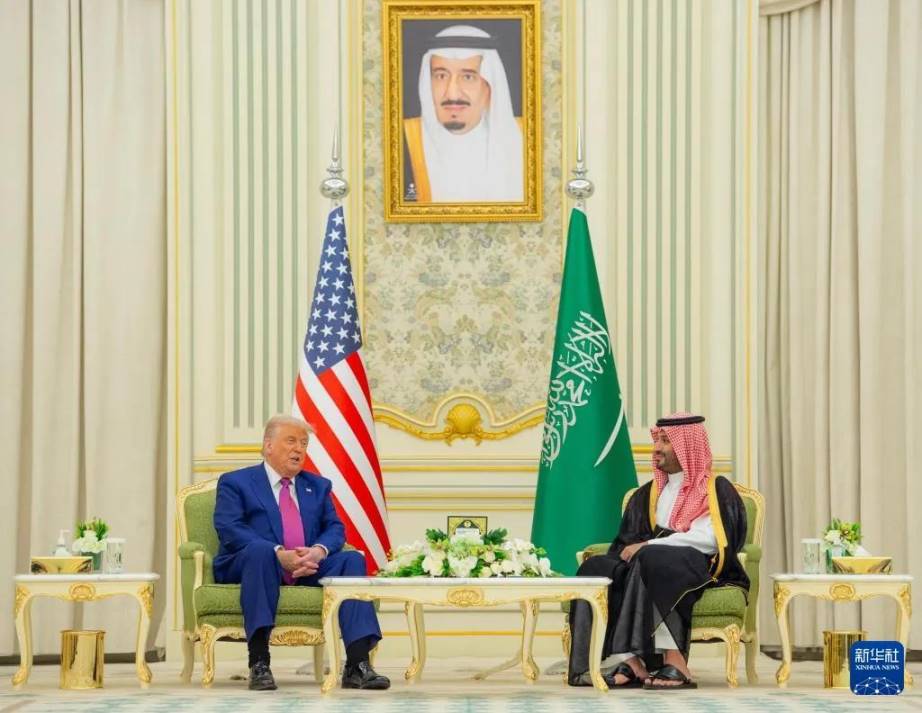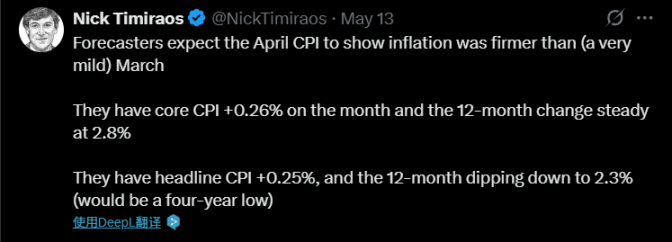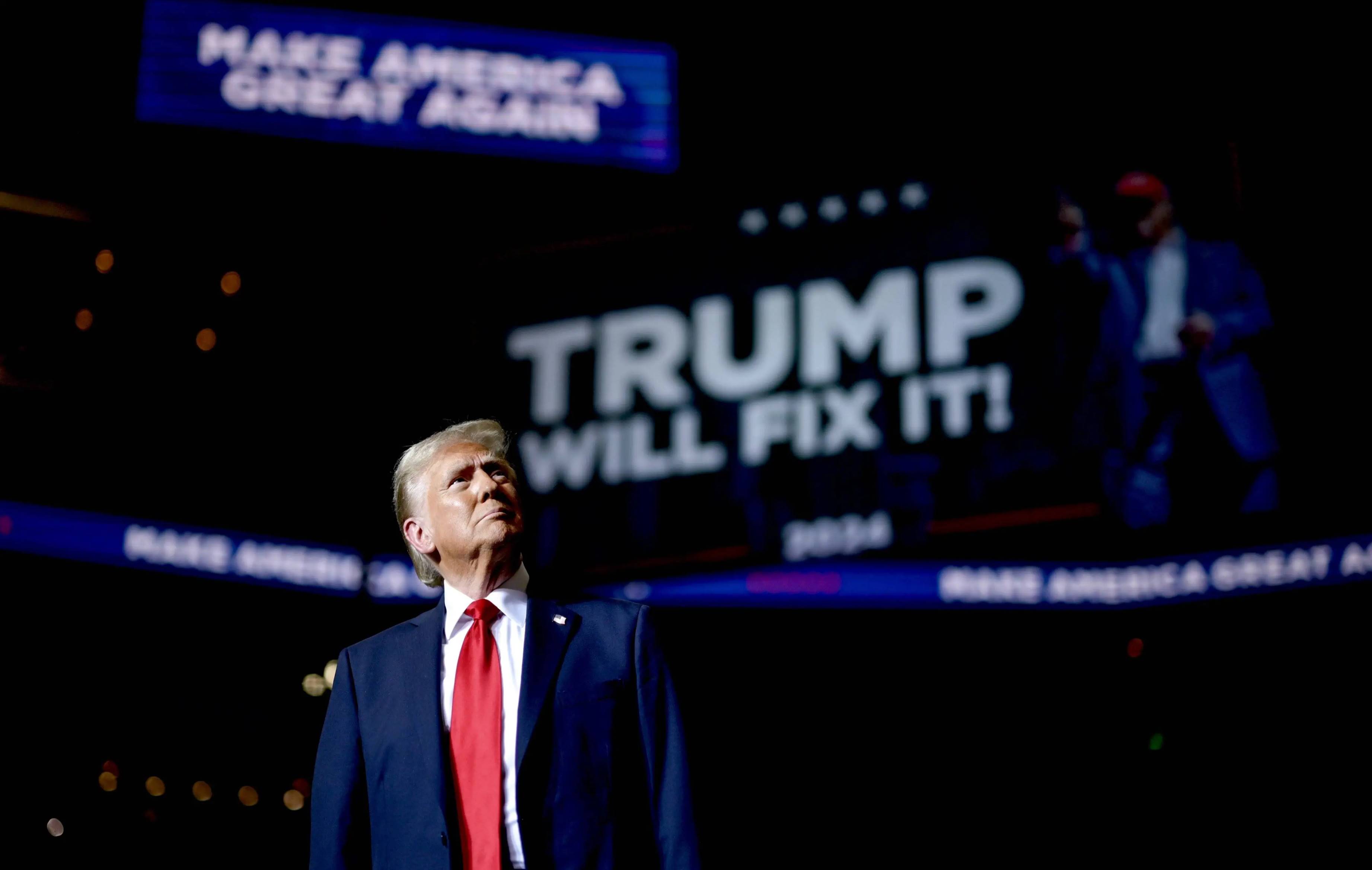Written by: Bright, Foresight News
On the morning of May 14, the cryptocurrency market rebounded, with the secondary market following BTC's recovery, and many Altcoins reaching new short-term highs. BTC steadily rose from the low of $100,733 on the 13th to $104,986, an increase of over 4.22%. At the time of writing, Bitcoin was trading at $103,720.
After a brief consolidation, ETH continued its good upward trend, rebounding from the bottom of $2,407.09 to break through to $2,738.83, creating a recent high with an increase of over 13.7%. SOL rose from $166.14 to a high of $184.90, an increase of 11.29%.
The total cryptocurrency market value rebounded by over 2%, approaching $34 trillion. With the collective rise of Altcoins, Bitcoin's market dominance decreased to 61.60%, the Altcoin season index rose above 29, and the fear and greed index climbed to 74, representing greed. During the same period, the S&P 500 erased its year-to-date decline, and the Nasdaq rose by over 1%. US crypto stocks simultaneously rose, with Coinbase rising over 24% to $257.90, boosted by its inclusion in the S&P 500, and MicroStrategy rising over 4.13% to close at $421.60.
According to Coinglass, in the past 24 hours, over 13,370 people were liquidated, with a total liquidation amount of $397 million, including $245 million in short liquidations and $149 million in long liquidations, primarily short liquidations. The largest single liquidation on CEX was ETH-USDT on Binance, valued at $12.2041 million.
The gentle curve of April CPI and the pause in US-China tariffs reshaped the liquidity expectations of risk assets. Bitcoin returned to $105,000 amid institutional buying and retail chasing, while Ethereum's 13.7% single-day increase made the hopes of an "Altcoin season" increasingly bright.
Tariff Easing Adds Substance, Risk Appetite Awakens Again
Following the consensus on "mutual tariff reduction" reached at the US-China Geneva talks on May 9, the Trump administration again threw out a positive signal on the 13th, announcing the removal of export restrictions on AI chips imposed during the Biden administration. Nvidia, AMD, and other chip stocks rose over 5% pre-market, indirectly driving the valuation recovery of crypto market risk assets. "This is the most constructive policy combination since the 2024 G20," said Matt Hougan, Chief Investment Officer at Bitwise, "the expectation of cross-border capital flow has improved, and Bitcoin's 'digital neutrality' is being repriced by the market."
Meanwhile, the White House stated that the US and Saudi Arabia reached the largest commercial agreement in the history of the two countries, including an $80 billion high-tech investment involving Google, DataVolt, Oracle, and others, a $20 billion AI data center and energy infrastructure investment by DataVolt, a $4.8 billion Boeing aircraft purchase, and a nearly $142 billion arms sales agreement, the highest in history. The Saudi Crown Prince said Saudi Arabia would strive to increase its investment in the US to $1 trillion.

In fact, since taking office in January, the Trump administration has been trying to "attract investment" in the Middle East. The massive commercial agreement between the US and Saudi Arabia further revealed the Trump administration's attitude towards slowing down the "tariff stick," reshaping global capital flow expectations once again.
CPI "Perfect Data" vs Tariff "Delayed Bomb", Fed Caught in a Dilemma
The US April CPI year-on-year was 2.3%, lower than expected, and the core CPI month-on-month was 0.2%, the lowest since February 2021. The market's probability of a 25 basis point Fed rate cut in June rose to 72%.

On the same day, Trump cited the weaker-than-expected inflation report and again pressured Fed Chairman Powell to cut rates, saying on social media: "The Fed must cut rates like Europe. What's with Powell's 'too late'?" He claimed that the Fed's strategy is unfair to the US. Trump also stated that potential tax legislation could boost the US economy.
However, Nick Timiraos from the "New Fed Communication Agency" threw cold water on this, saying: "The April data is the 'last calm' before tariff implementation, with early signs of price jumps in imported furniture, auto parts, etc. The Fed may wait until July to act."
In summary, as written in the report Timiraos helped publish, "For the Fed, the April inflation data will be viewed as observing clear skies before an impending storm, with rainfall still highly uncertain."
"Trump-style" Shill Once Again, How Powerful?
At the US-Saudi Investment Forum in Riyadh, US President Trump said: A month ago, companies were dissatisfied with me, but as the market rises, their attitude has changed. The market rise is wonderful. It will continue to rise, and rise much higher.
However, this time, after Trump's comments, cryptocurrencies and US stocks did not quickly rise as they did before. In contrast, in the short term, the S&P 500 index's gains narrowed to 0.8%, the Dow fell 148 points with a decline expanding to 0.4%, and the Nasdaq rose less than 290 points, with gains narrowing to nearly 1.5%.
Looking back at the cryptocurrency and US stock trends from early April to now, Trump's speeches have had a huge market impact: after Trump said "now is a good time to buy" on April 9, he announced a partial tariff suspension hours later, with BTC rising nearly 25% that month and US stocks rebounding by over 16%.
Trump's "buy call" didn't stop there: on May 8, Trump again emphasized that if trade agreements combined with tax cuts could yield results, "you'd better go buy stocks now." Subsequently, according to the joint statement of the US-China Geneva trade talks, the US and China announced a temporary reduction in tariffs. This caused US stocks to surge across the board on Monday, with the S&P 500 rising 3.3% and the Nasdaq 100 rising 4%. The US stock rally continued into Tuesday, with the S&P 500 recovering all year-to-date losses intraday.

However, any rise based on policy compromise requires caution about the black swan of agreement breakdown. Before the Fed's June meeting and the July tariff impact data, maintaining respect for "Trump-style policy volatility" might be wiser than chasing intraday highs. After all, Wall Street analysts' speed in modifying economic and market predictions can't keep up with the Trump administration's "face-changing drama".







